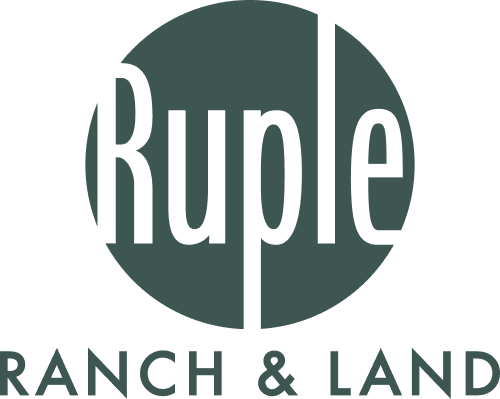
Prescribed Burning: What to know
In Texas, the Outdoor Burning Rule prohibits outdoor burning anywhere in Texas, with a few exceptions including prescribed burning. Prescribed burning is an age-old method designed to improve habitat for deer and wildlife, but it does take special steps, training, and timing to make it safe and effective. Here are some things to know about prescribed burning in Texas.
What is Prescribed Burning?
Prescribed burning manages various areas of land from forests to rangeland and from wildland and wildlife to coastal salt marshes. For upland woodland sites, approximately 20% of the area is prescribed burned in late November into February every five to six years. The process removes old growth while leaving behind fertile land to encourage new growth of weeds, grass and wildflowers.
How Do I Learn How to Prescribe Burn?
The Prescribed Burning Board of the Texas Department of Agriculture has a training curriculum for prescribed burn managers. They also set standards for training and trainers. Special authorization is needed for prescribed burning to ensure the public is protected and the intended application meets the requirements.
What is the Best Timing for Prescribed Burning?
As mentioned above late November into February is the time prescribed burning takes place. The rotation is necessary as there must be enough low-level fuel to produce the fire. In wooded tracks, cattle exclusion is necessary for areas normally grazed by cattle to allow for growth. In some cases, landowners prefer to wait until deer season is over as wildlife takes care of all the mast such as fallen acorns. In this case, the burning takes place between mid-January to March. As well, when looking at pasture burn sites timing is best between August through September or March through April. If invading woody species are problematic, late summer is ideal.
Why is Prescribed Burning Necessary?
Prescribed burning helps remove unwanted growth including invasive species such as persimmon, cedar and locust. By conducting burning every three years, the rotation targets roughly one-third of native grass opening. The process also removes dead grass litter and stimulates dormant plants to produce new growth. Following prescribed burning, there is also an increase in insects providing high protein food for local quail and turkey in the spring and summer.
How is a Prescribed Burn Conducted?
Keep in mind, proper training is required to safely conduct a prescribed burn. Be sure to speak to TPWD, NRCS, or Texas Forest Services before conducting the burn. Also, notify local volunteer fire departments of your plans. In general, the process includes the following steps:
- Place disked bare-ground fire guards about 15 to 20 feet wide around all sites including roads and right of ways before burning.
- Ideal conditions call for humidity between 25 to 40% with wind speeds at about 10 to 15 MPH.
- First, burn into the wind 50 yards into the woods or pasture and then set fire with the wind.
- Initiate burns after 9 a.m.
Trees and brush might be bulldozed into piles prior to a prescribed burn to get the best results. Once the burn is complete, exclude cattle from burned areas for at least three months. This protects tender new vegetation allowing for regrowth.
Looking for a ranch or private land in Texas? Contact Ruple Properties, the Premier Rural Brokerage Company.

